As July comes to an end, today marks the fourth time that Alex and I have put out 39 yellow pan traps, all at randomly selected locations. This project is a continuation of previous years of data collection on pollinator abundance along gravel roadsides, and I’ve had a great time observing both the specimens we collect and the floral resources surrounding the traps. The beginning of this project required some manual labor, as each location needed to have a stake pounded into the ground.
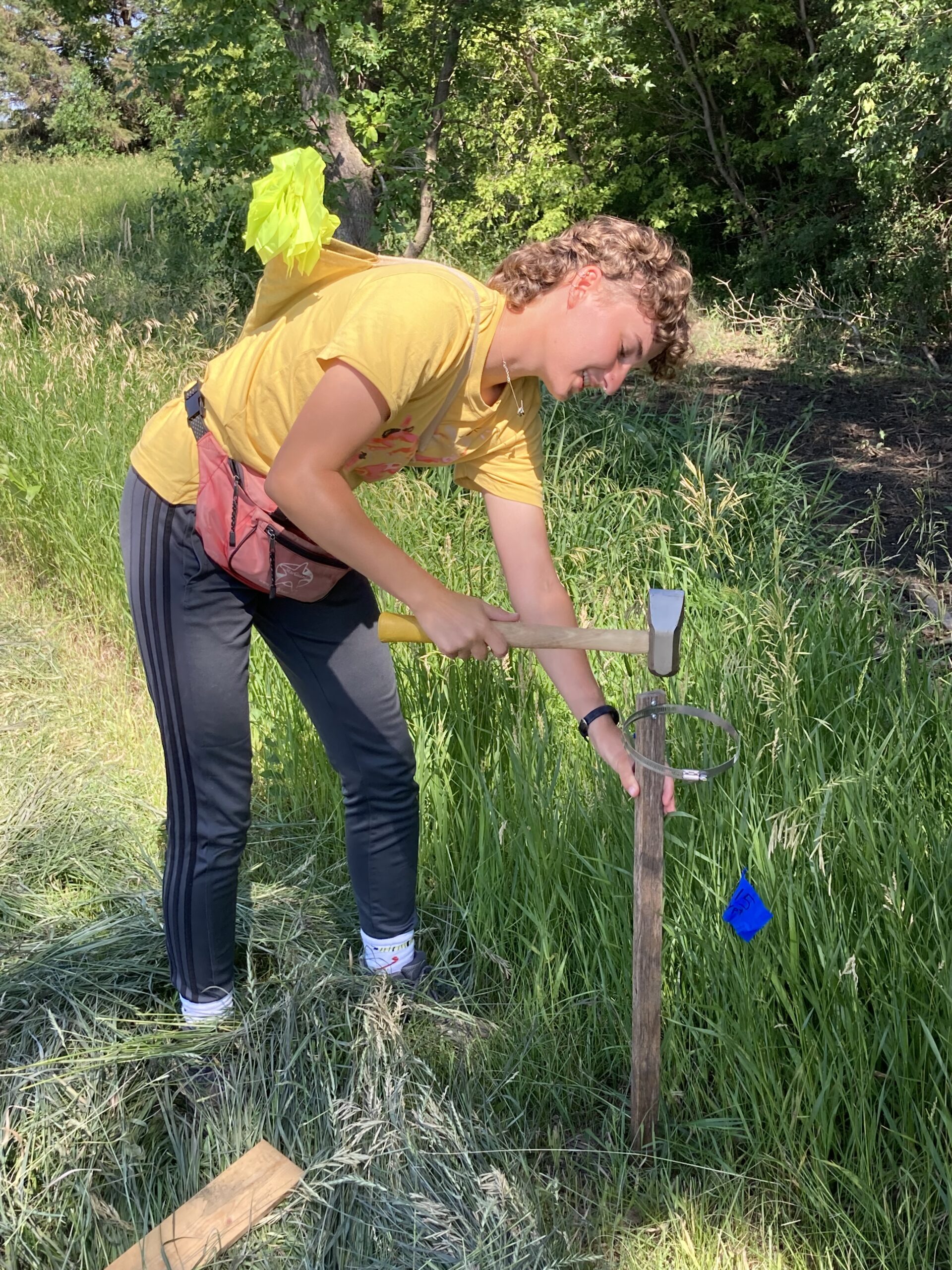
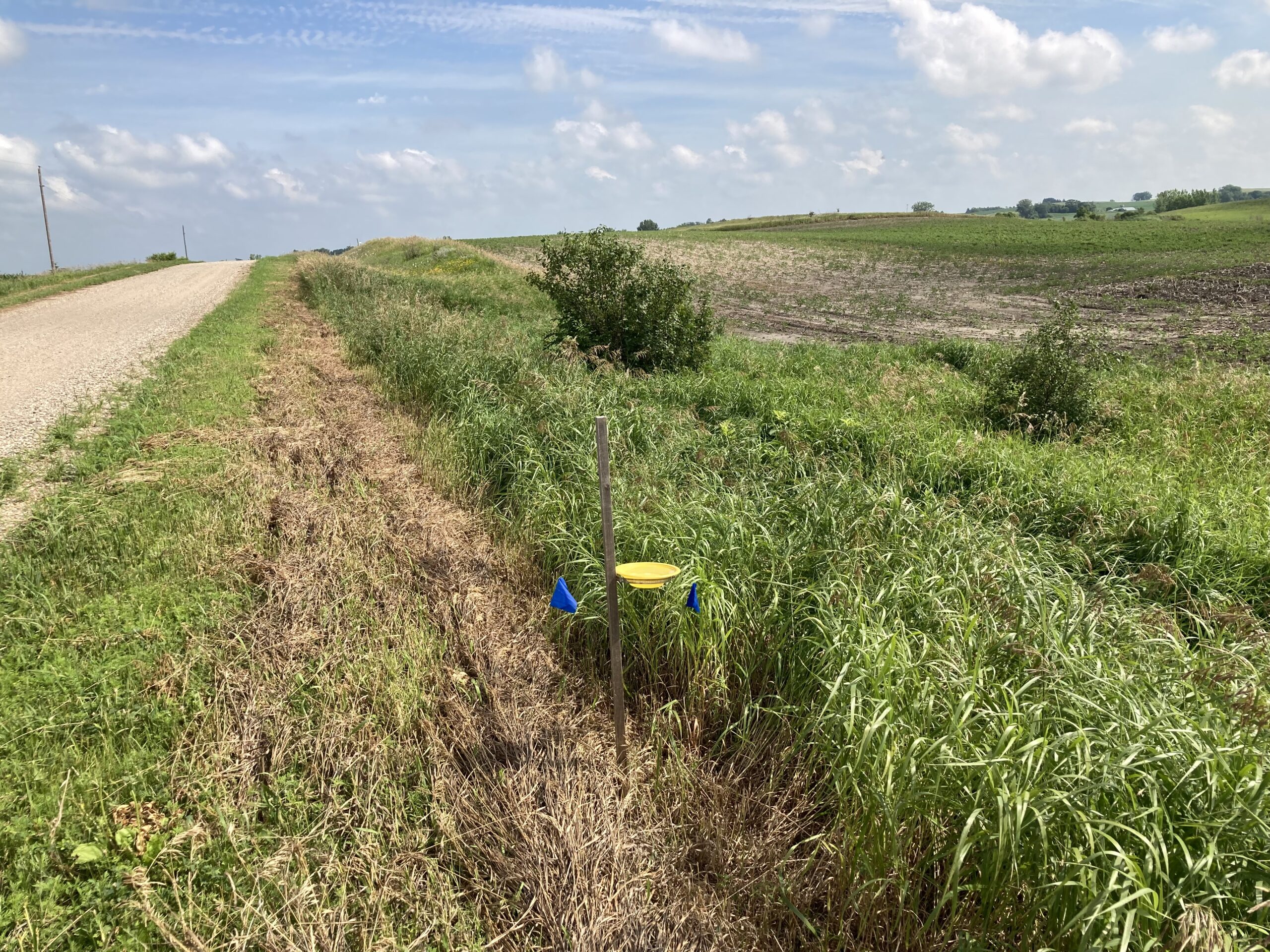
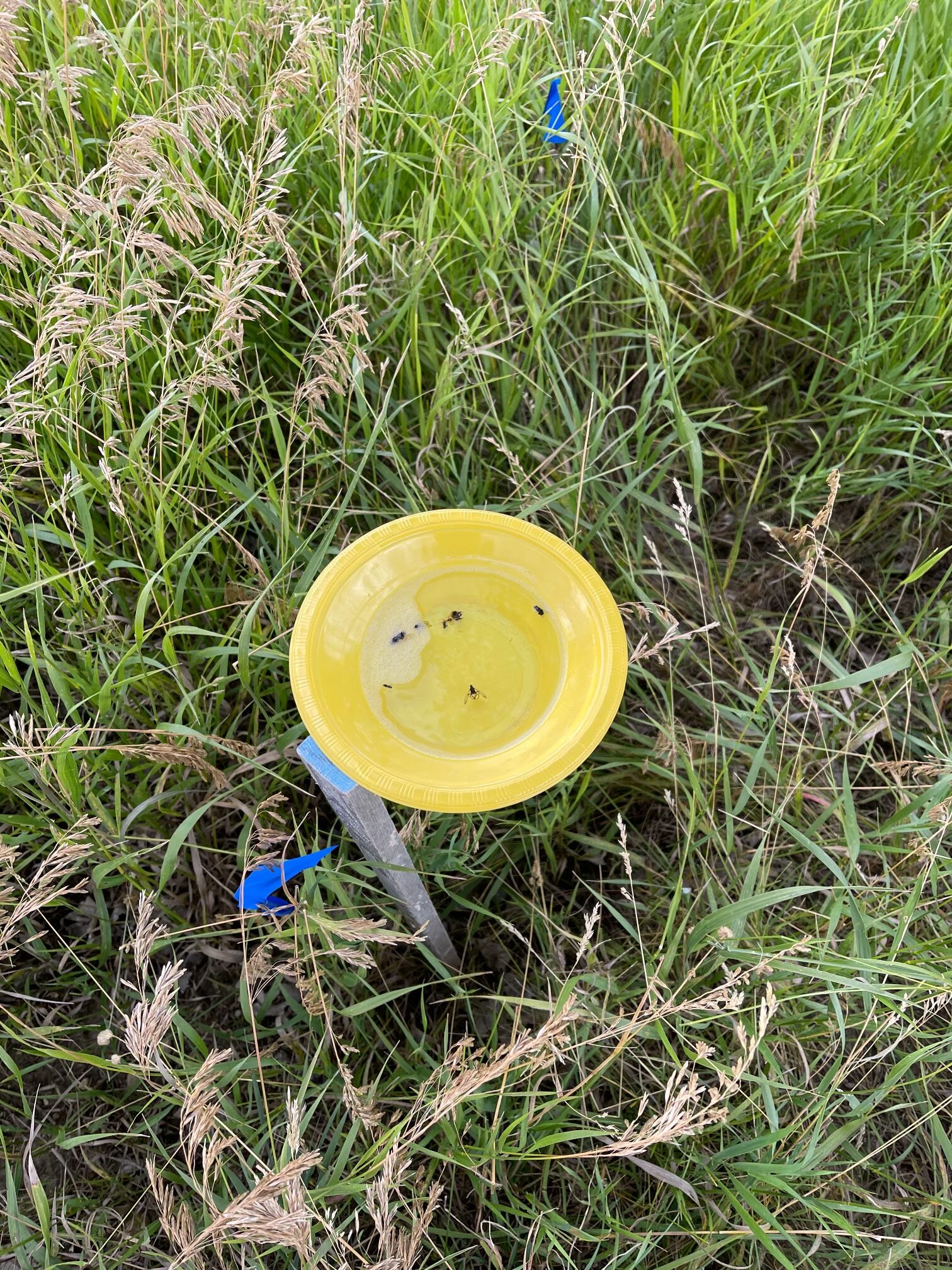
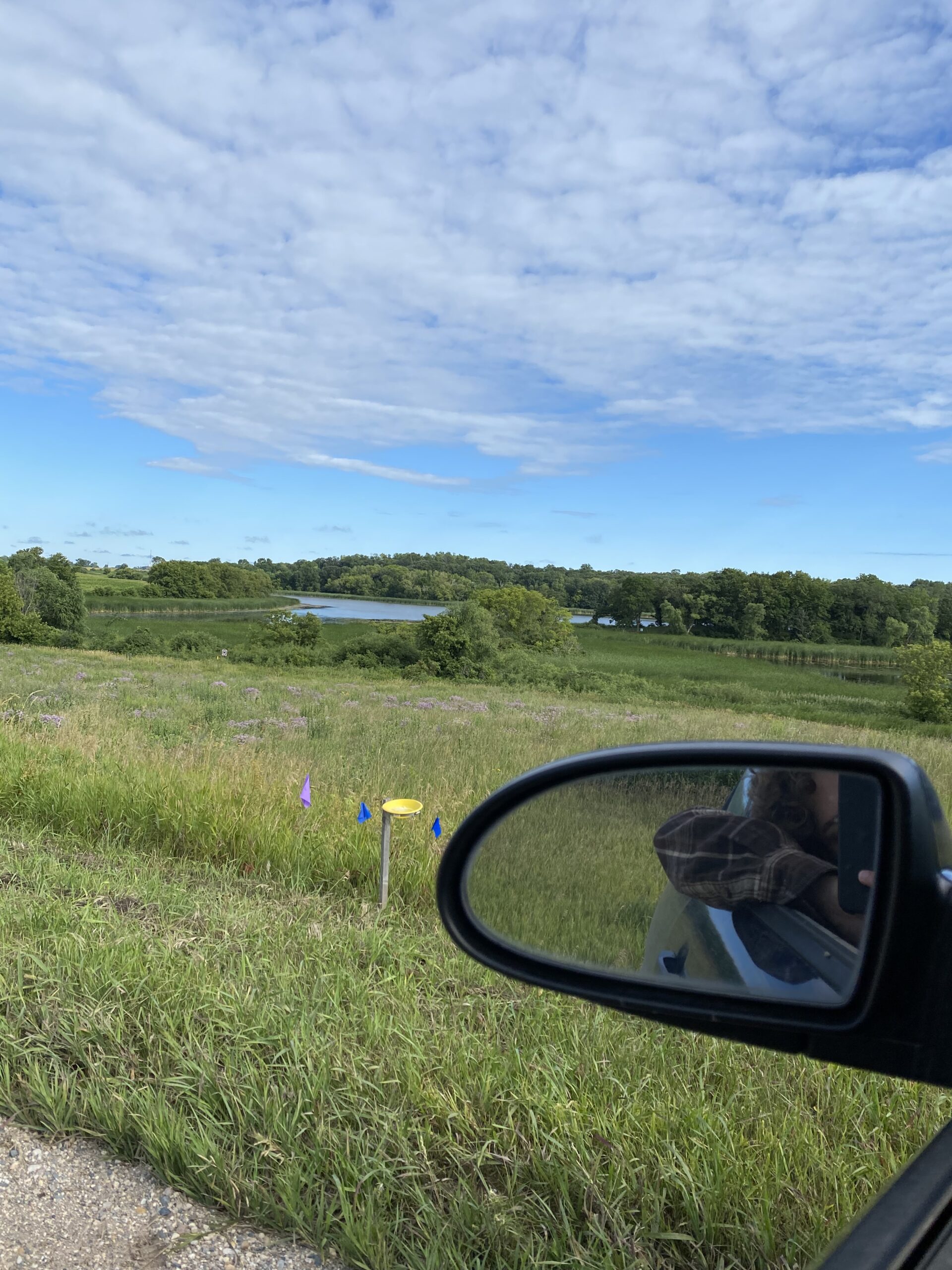
Each week, the traps go out once. I also visit every trap and take note of the floral resources that surround the trap, so that later on we can determine if there’s any correlation between the amount and types of floral resources (if any) and the amount of bees we collect. Many of the traps are adjacent to corn and soybean fields, and besides brome, there is little plant diversity. I see a lot of alfalfa and thistle, and there’s soon to be a lot of goldenrod. However, I’ve seen plenty of cool bee species, from little black bees like Lasioglossum, as well as green bees, like Augochlorella.
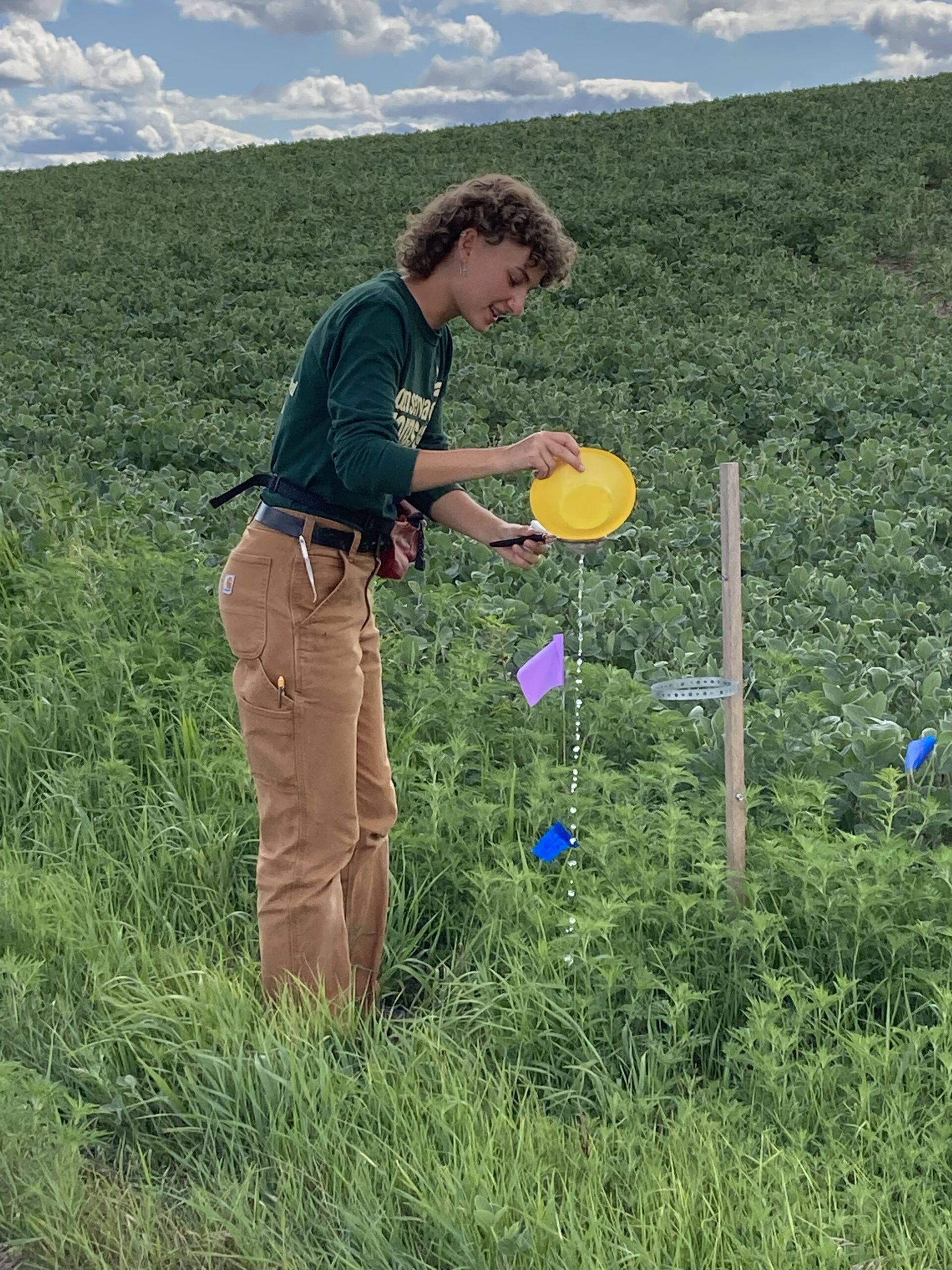

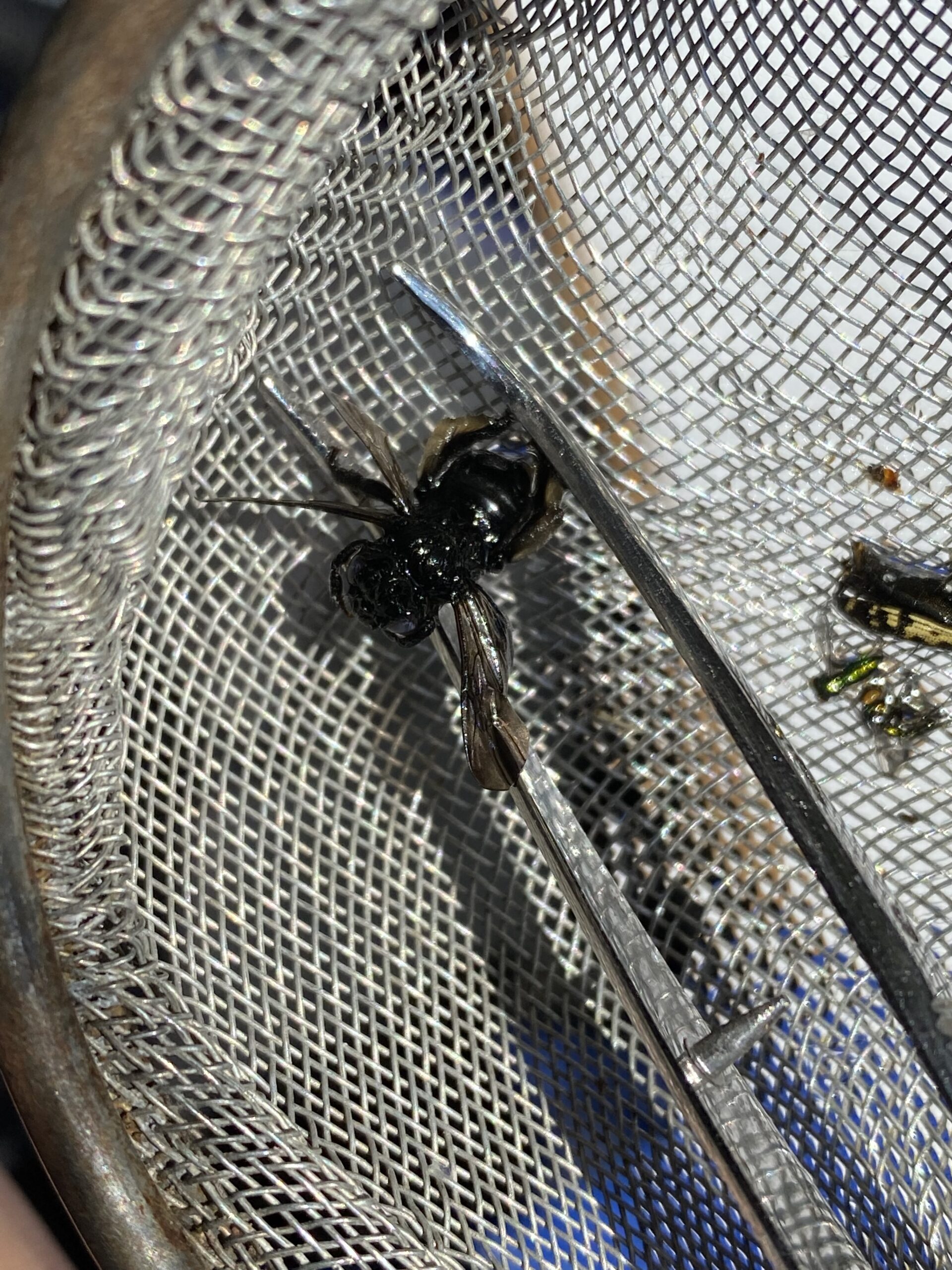
It’s been great so far seeing how each trap differs in the specimens we collect and thinking about how this may be influenced by the surrounding area as well as the gravel road. I’m excited to see where the summer goes and how the floral resources and bees we collect might change!
Fun fact: This project is so intriguing to scientists across America (and the globe), that Nicki Minaj herself wrote her iconic song, Beez in the Trap, about it!
(Well, not really. But I listen to it every time I go out to collect the traps.)
Funding for this project was provided by the Minnesota Environment and Natural Resources
Trust Fund as recommended by the Legislative-Citizen Commission on Minnesota Resources
(LCCMR).

Leave a Reply